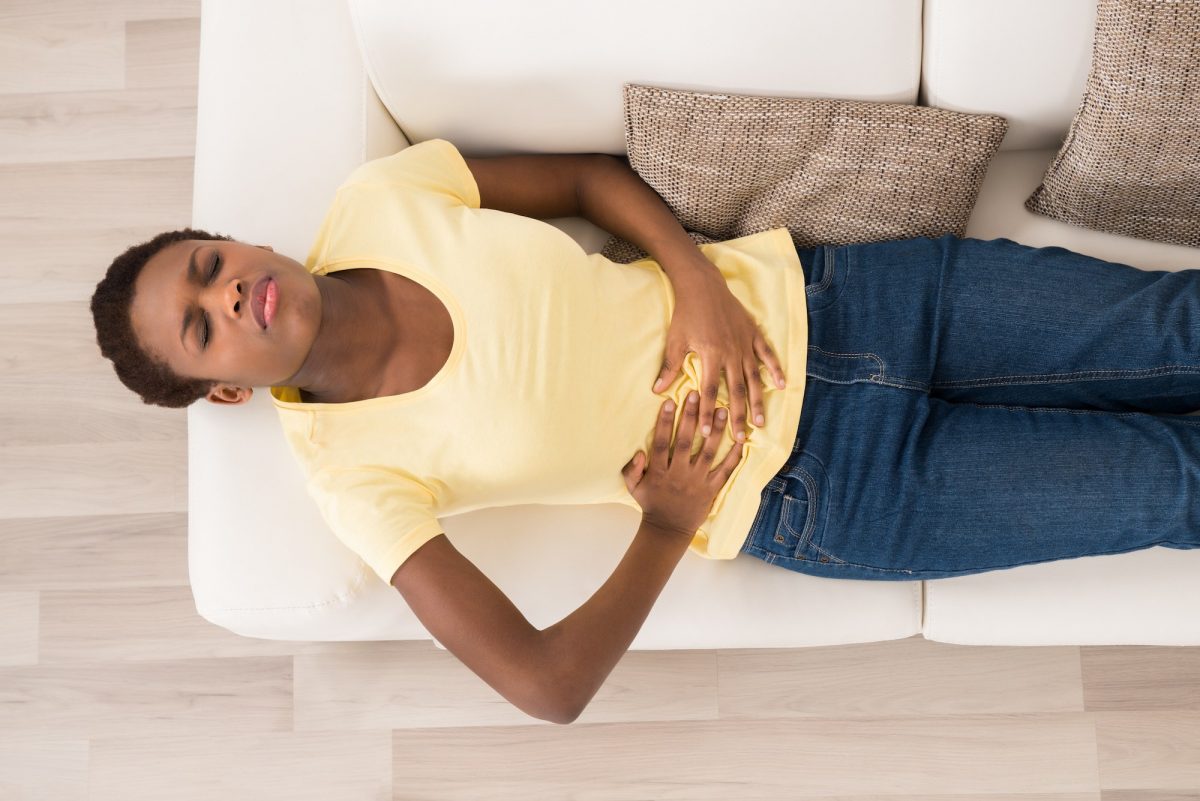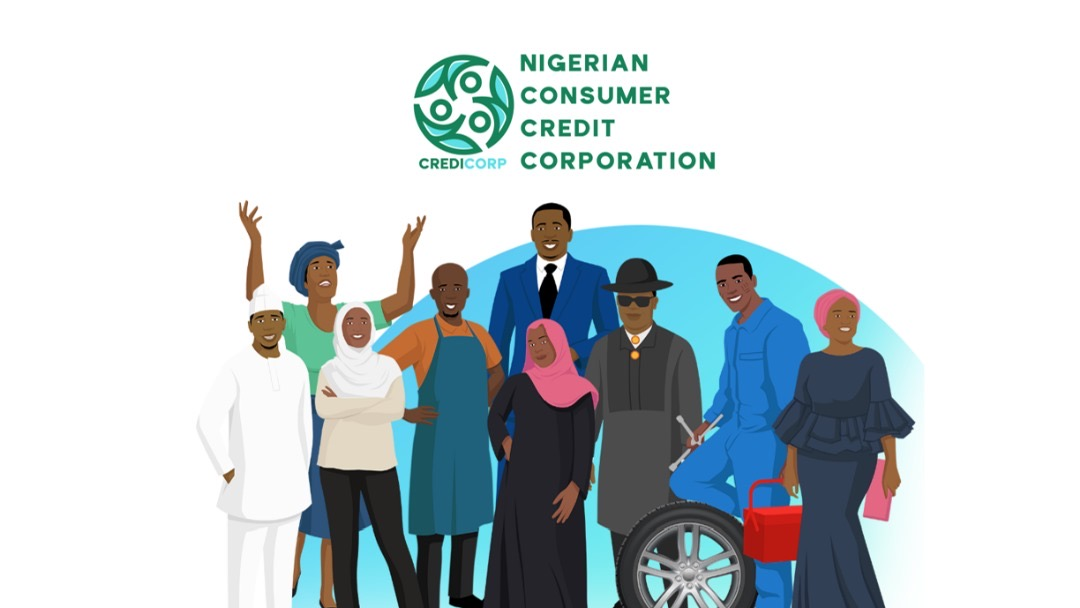
6 Things Your Body Is Trying To Tell You If You Have Pain In Your Lower Abdomen
- Ayo AL
- May 18, 2018
- Health
- causes of lower abdominal pain, lower abdominal pain causes
- 0 Comments

Abdominal pain is caused by inflammation (for example, appendicitis, diverticulitis, colitis), by stretching or distention of an organ (for example, obstruction of the intestine, blockage of a bile duct by gallstones, swelling of the liver with hepatitis, or by the loss of the supply of blood to an organ.
Do You Have An Eating Disorder: Here Are 5 Important Things You Should Know
The lower left side of your abdomen is where the last part of your colon lies, and for some women, the left ovary. Minor pain in this area is usually nothing to worry about and may clear up on its own but sometimes, there might be a health hazard involved.
Here are a few things to know about lower abdominal pain:
1. Hernia
A hernia is the result of an internal organ or other body part pushing through the muscle or tissue surrounding it. A lump or bulge may appear with some hernias in the abdomen or groin.
Other symptoms may include:
-increasing size of the bulge
-increasing pain at the site
-pain when lifting
-a dull ache
-a feeling of fullness
2. Gas
Passing gas and belching are normal. Gas can be found throughout your digestive tract, from your stomach to your rectum. Gas is the normal result of swallowing and digestion.
Gas can be caused by:
-swallowing more air than usual
-overeating
-smoking
-chewing gum
-being unable to fully digest some foods
-eating gas-producing foods
-having a disruption of the bacteria in the colon
3. Indigestion
Indigestion usually happens after eating. Your stomach makes acid when you eat. This acid can irritate your esophagus, stomach, or bowel. The pain is usually in the upper part of the abdomen but in rare cases may also affect the lower abdomen.
Indigestion is usually mild, and most people have had the discomfort, pain, or burning sensation that can go along with it.
More symptoms include:
-heartburn
-feeling full or bloated
-belching or passing gas
-nausea
4. Kidney Stones
A kidney stone usually starts to cause problems when it moves around inside your kidney or into your ureter, the tube that connects the kidney to the bladder.
The stone may then cause severe pain in the side and back, under your ribs. The pain may also come in waves and get better or worse from one moment to the next, as the stone moves through your urinary tract.
Symptoms may include:
-urine that is pink, red, brown, cloudy, or smelly
-urination that is painful or happening more often
-nausea
-vomiting
-fever
5. Pelvic inflammatory disease (PID)
PID is an infection of the reproduction system in women. It’s commonly caused by sexually transmitted diseases (STDs), such as chlamydia and gonorrhea, but other types of infections can also lead to PID.
You may or may not have symptoms with PID.
Symptoms can include:
-fever
-vaginal discharge with a bad odour
-pain or bleeding with sex
-a burning sensation with urination
-bleeding between periods
6. Endometriosis
With endometriosis, the tissue that typically lines the inside of your uterus also grows outside of the uterus. This can cause abdominal pain and lead to infertility.
Some other symptoms are:
-painful menstrual cramps that may get worse with time
-pain with sex
-painful bowel movements or urination
-heavy menstrual periods
-spotting between periods






